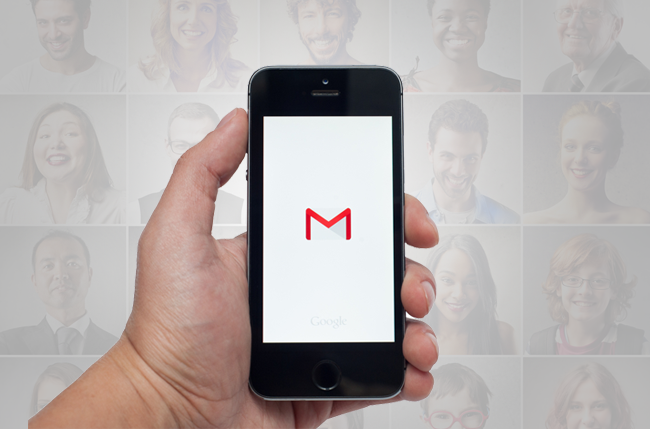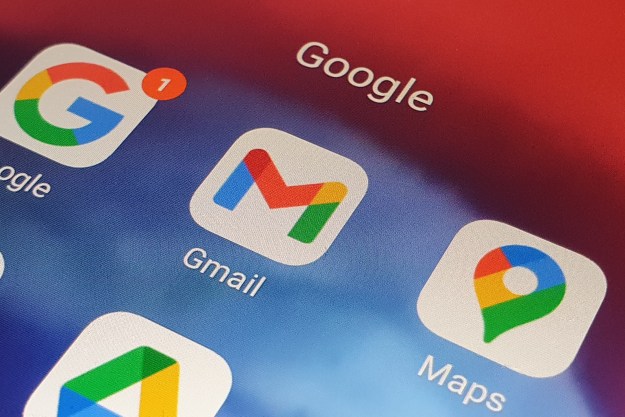
Google revealed this week that its Web-based email service now has a billion users, proving yet again that it not only knows how to build and maintain a popular online tool, but also that email is a ways off from crawling into its deathbed.
The news of Gmail’s breakthrough figure comes courtesy of Google CEO Sundar Pichai, who revealed the data on Monday during an earnings call with investors.
Recent growth has been steady, with the well-established email tool having added about 100 million monthly active users in the last nine months or so.
The Mountain View company also revealed on Monday that around 10 percent of replies sent via Inbox – a Google app that works with Gmail – are generated via its Smart Reply feature, which uses artificial intelligence to cook up quick responses to received messages. That’s right, it’s possible your buddy replied to your thoughtfully crafted message with a response created by a robot. Hope you’re OK with that.
Gmail launched on April Fools’ Day back in 2004, and for the first three years operated as an invitation-only service. Since opening its doors to one and all nearly 10 years ago, it’s grown to become the world’s most-used Web-based email service, beating out rivals such as Hotmail (now Outlook.com) and Yahoo. Around three quarters of users access the service via mobile device.
For Google, Gmail’s milestone makes it the company’s seventh billion-user service. The others? Search, Android, Maps, Chrome, YouTube, and Google Play.
Editors' Recommendations
- How to add a signature in Gmail on desktop and mobile
- 10 helpful Gmail tips and tricks everyone should know
- Google Messages’ latest update might make iMessage users jealous
- Spotify and Google agree to implement user-choice billing
- Gmail app hits 10 billion Play Store downloads, holds 53% of U.S. email market


